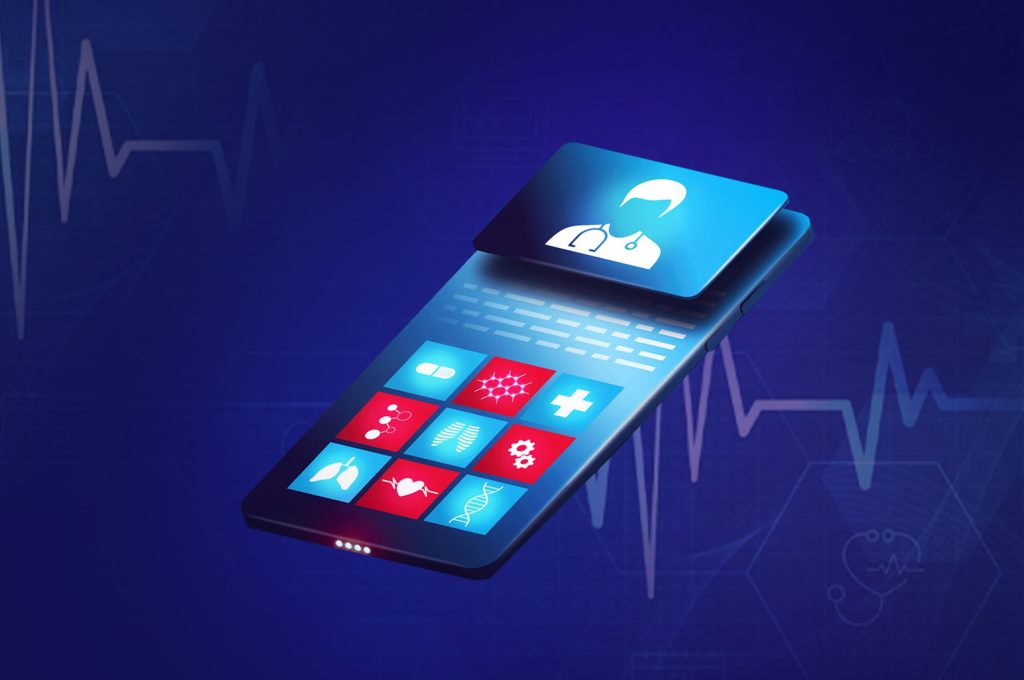2025 EHR Integration Trends: Where IT Infrastructure Meets Intelligent Development
- TronsIT Solutions
- 0 Comments
2025 EHR Integration Trends: Where IT Infrastructure Meets Intelligent Development The evolution of Electronic Health Records (EHR) continues to drive significant improvements in healthcare systems worldwide. As we move toward 2025, the integration of EHRs is poised to undergo transformative changes, blending advanced IT infrastructure with intelligent technologies. This shift is redefining how patient data is managed and enhancing the overall efficiency and effectiveness of healthcare delivery. This blog will explore the prominent EHR integration trends shaping healthcare’s future in the United States and beyond.
The Rise of AI in EHR
Artificial Intelligence (AI) has become fundamental in modernizing EHR systems. AI’s ability to analyze vast amounts of data quickly and accurately revolutionizes healthcare practices by enabling predictive analytics, personalized treatment plans, and enhanced patient management. In 2025, we expect AI tools to seamlessly integrate with EHR systems, providing actionable insights to healthcare providers.
AI in EHR enhances diagnostic accuracy by identifying patterns that humans may overlook. For instance, AI algorithms can analyze patient histories and imaging data to predict diseases at an early stage. Natural language processing (NLP) advancements also facilitate the automatic extraction and categorization of critical patient information from unstructured data sources like clinical notes.
Machine Learning in Healthcare: From Data to Diagnosis
Midway through 2025, Machine Learning in Healthcare has emerged as MVP. Unlike traditional algorithms, machine learning models learn from data over time. That means the more you feed them, the brighter they get.
In the EHR world, machine learning is enhancing:
- Risk scoring models
- Diagnostic imaging analysis
- Personalized treatment recommendations
Imagine a model trained on millions of diabetic patients capable of recommending the most effective treatments based on similar cases for new patients. That’s no longer sci-fi—it’s happening now.
Hospitals and clinics are also using ML to optimize operational workflows. Reduce appointment no-shows, smarter staffing predictions, and more efficient billing processes.

Embracing Cloud-Based EHR
Cloud-based EHR solutions are becoming the norm as healthcare organizations strive for greater flexibility and scalability. By 2025, we anticipate widespread adoption of cloud-based EHR systems due to their ability to provide secure, real-time access to patient data from anywhere, at any time.
Cloud-based solutions offer numerous advantages, including cost savings, improved data security, and the ability to accommodate the growing volume of healthcare data. Health organizations can leverage cloud computing to simplify storage and backup processes while ensuring compliance with HIPAA regulations.
Furthermore, cloud-based EHR systems facilitate interoperability between healthcare providers by enabling seamless data sharing and collaboration. This interconnectedness is crucial for delivering coordinated care and improving patient outcomes, as healthcare professionals can access comprehensive patient histories without geographical or institutional limitations.
Interoperability and Data Sharing
Interoperability remains a top priority for EHR integration. As we advance toward 2025, there is an increasing emphasis on creating systems that seamlessly exchange information across different healthcare platforms. Achieving interoperability ensures that patient data is up-to-date and accessible to all relevant parties, reducing redundant tests and improving the quality of care.
Efforts are being made to standardize data formats and use APIs (Application Programming Interfaces) to facilitate integration. This standardization enhances data accuracy and enables healthcare providers to adopt innovative technologies without disrupting existing workflows.
Prioritizing Patient-Centric Care
Patient-centric care is a guiding principle in the digital transformation of healthcare, with EHR systems playing a central role. By 2025, we expect EHR systems to prioritize patient engagement through user-friendly interfaces, personalized health insights, and streamlined communication channels between patients and providers.
Innovations in patient portals and mobile health applications encourage patients to manage their health actively. EHR systems empower patients to make informed decisions and engage with their healthcare providers more effectively by providing easy access to their medical records, lab results, and treatment plans.
Conclusion: What This Means for 2025 and Beyond
As the healthcare landscape evolves, companies like TronsIT Solutions are at the forefront of driving EHR integration forward. By leveraging advanced technologies such as AI, ML, and cloud computing, these companies are developing innovative solutions that bridge the gap between IT infrastructure and intelligent healthcare delivery. Through collaborations and partnerships, TronsIT Solutions is committed to advancing EHR integration, ultimately contributing to a more efficient, patient-centered healthcare system in the United States.
In summary, the future of EHR integration lies in the interplay between advanced IT infrastructure and intelligent technology development. As we approach 2025, these trends are set to redefine how healthcare services are delivered, improving patient outcomes and enhancing the overall efficacy of healthcare operations.
For more information, explore our website!
Related Posts
Best Healthcare IT Solutions for Small Clinics in 2025
- TronsIT Solutions
- May 5, 2025
By 2025, healthcare IT solutions for independent practices will be essential to contemporary cl ..
Medical Records for Sale? The Dark Reality of Healthcare
- TronsIT Solutions
- April 23, 2025
Introduction: The Rise and Risk of Electronic Health Records Electronic health records (EHRs) h ..



